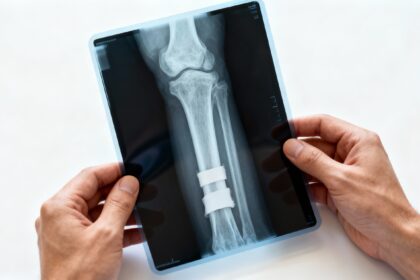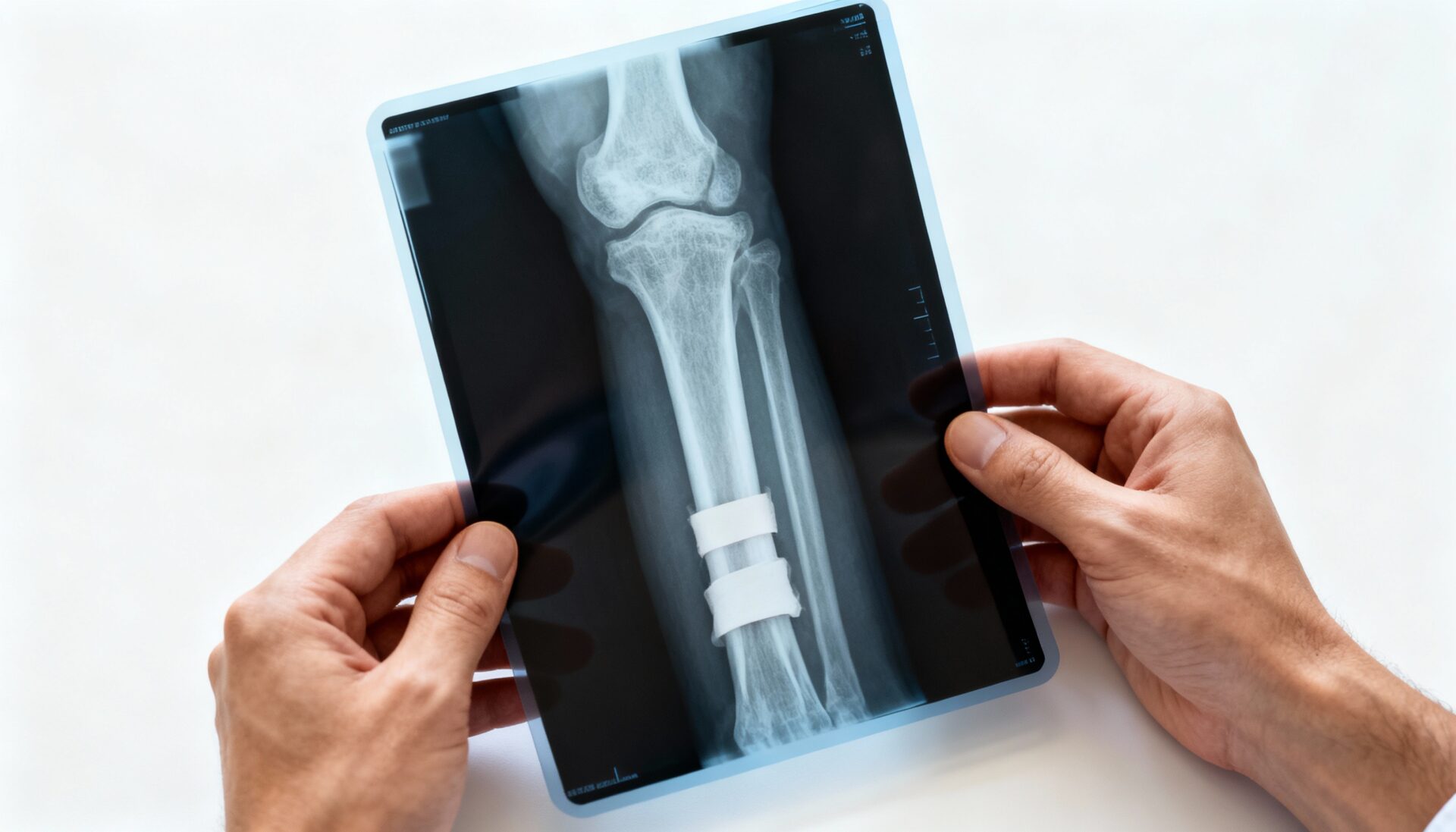Of all injuries treated in the Physical Therapy community, the most sensitive and time-consuming are spinal cord injuries. While the spine is the most delicate piece of framework in the human body, it is also one of the strongest. When it is injured, the healing process is tedious and dangerous. The standard recovery time is months of physical therapy, occupational therapy and strengthening to regain full control over the body. Spinal cord injuries can result in paralyzing of the nerves and tremendous pain. It’s up to the physical therapy community to research ways to prioritize this healing process. The spine is connected to every muscle and nerve in the body, and it is the system through which we move. When the spine is incapacitated or immobile, the body can deteriorate because it is easy to become frustrated and give up on the therapy. There have been tremendous strides made to aid the patients dealing with spinal cord injuries, but one method stands out among the rest.
“HIIT” or High Intensity Interval Training, is the process of moving your body at the maximum potential for short bursts of limited time. Research behind these exercises performed has shown that using your heart and alternating the strain imposed on your body results a healthier and stronger outcome. HIIT might not be the first exercise that comes to mind with spinal cord injury recovery, but there has been recent 2018 research that emphasized its benefits. The patients that followed through with the recovery have seen results that last. This recovery plan helped many patients get back to their pre-injury status. The main issue that Physical Therapists want to address with spinal cord injuries is the time that it takes to recover. Since the spine is in control of all movements, the actions that therapists and patients take directly affects the recovery process. High Intensity Interval Training has been shown to improve overall cardiorespiratory health, to where patients can exercise post recovery at a higher level than they could previously.
Spinal cord injuries represent a major setback in a person’s life and there are several things that must happen to regain strength and function. The goal is to help that the patient regains as much mobility as possible without putting them in pain. Occupational training, functional training, and physical therapy cooperate to transition the patient as seamlessly as possible back to their normal lives. A 2020 study found the most common problem that patients report after a spinal cord injury is that they are in such pain that refuse to start the rehabilitation process. With decreased physical movement, the body will deteriorate, and some patients simply adapt to this new lifestyle. As a result, they are now at risk for increased body fat and muscle loss. Because they are without any level of mobility or training, their cardiorespiratory health declines and leads to an increased risk for heart disease.
High Intensity Interval Training and Sprint Interval Training (SIT) have both been shown to greatly decrease recovery time and makes the patients stronger, post recovery. Some believe that after a surgery or major injury, the best option is to rest. However, research has led many in the Physical Therapy community to reject this claim and encourage patients to immediately enter recovery training. When a spinal cord injury occurs, 6 months to 2 years is the normal time to see reliable improvement. If time spinal cord injury patients endured were drastically cut, there would be less need for long therapy sessions and hefty bills to pay for the recovery. The results of this therapeutic discovery have helped many patients return to their normal lives after a major spinal cord injury. The spine’s strength and functionality allow your body to routinely perform Activities of Daily Living (ADLs) If the spine is weak, the body’s muscle mass will decrease as well.
However, this HIIT theory does not come without some challenges. The most challenging of the roadblocks that the researchers have encountered is that specific exercises must be developed to accommodate those with limited mobility. High Intensity Interval Training is based on repeatedly transitioning between high energy to low energy levels. A 2018 study found that for spinal cord injury patients, traditional exercises associated with HIIT are simply not possible. Therefore, if the new exercises were safe, while still having some modified movements associated with HIIT training, it could help the lives of many people living with pain.
High Intensity Interval Training and Sprint Interval Training are still new concepts being applied to address spinal cord injuries. However, the impact on how these movements aid overall heart rate and musculoskeletal endurance are encouraging and backed by substantial evidence. By using the new technology, the pain that comes with spinal cord injuries during the recovery journey could be greatly reduced. The goal of rehabilitation is to make the transition between recovery and going back to normal life as seamless and painless as possible. The research about how spinal cord injury recovery could be expedited with HIIT training is only in its infancy. If research produces more information about exercises that would be safe for patients while keeping the standards of HIIT, the improvements in the recovery process would be vast.
References
Henderson, E. B. (2020, June 11). High-intensity interval training could be beneficial for people with spinal cord injuries. News-Medical.Net. https://www.news-medical.net/news/20200611/High-intensity-interval-training-could-be-beneficial-for-people-with-spinal-cord-injuries.aspx
Moore, E. (2018). Is High Intensity Interval Training a Good Exercise Option for Individuals with a Spinal Cord Injury?: NCHPAD – Building Inclusive Communities. National Center on Health, Physical Activity and Disability (NCHPAD). https://www.nchpad.org/1646/6714/Is%7EHigh%7EIntensity%7EInterval%7ETraining%7Ea%7EGood%7EExercise%7EOption%7Efor%7EIndividuals%7Ewith%7Ea%7ESpinal%7ECord%7EInjury%7E







































